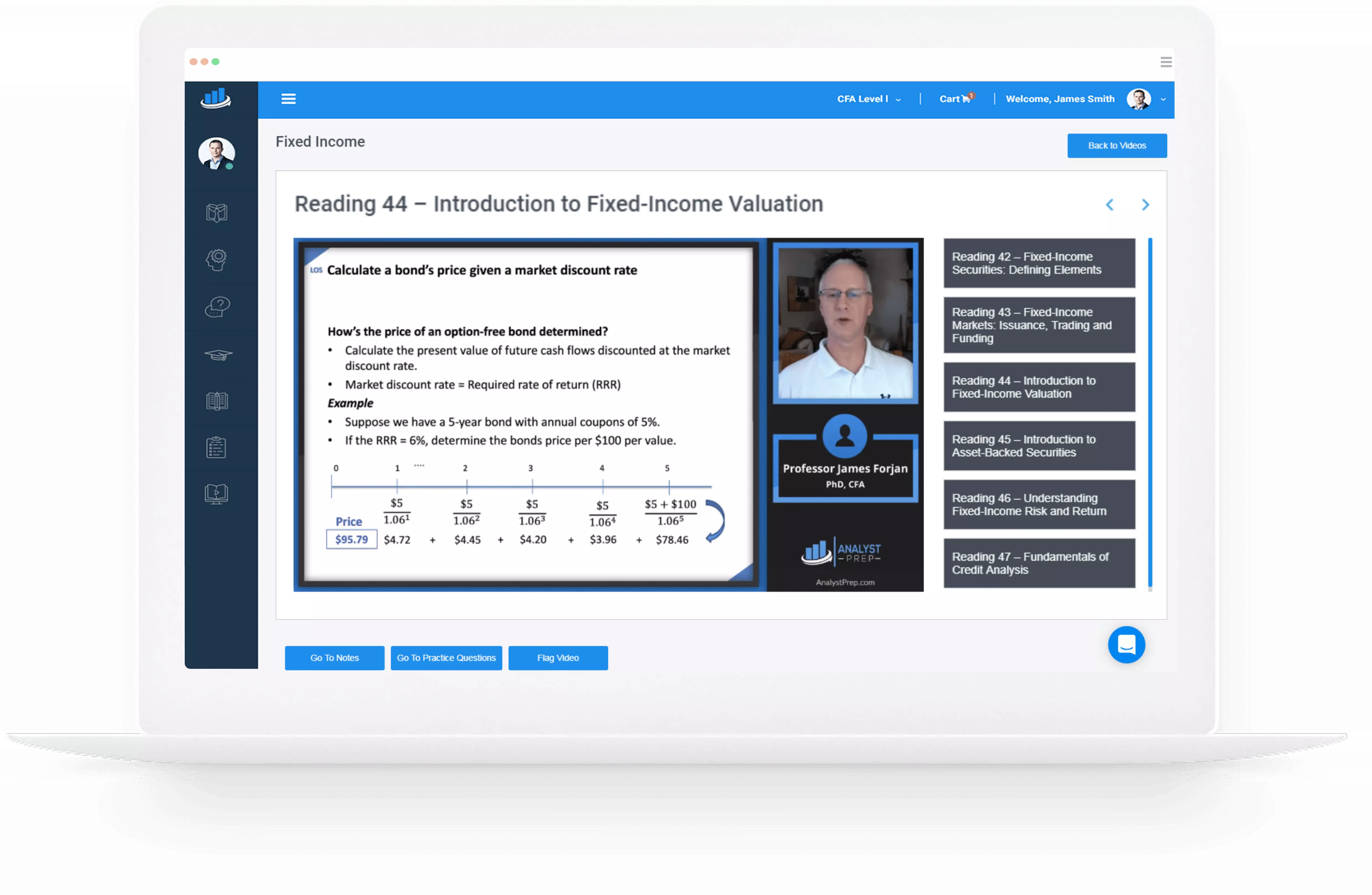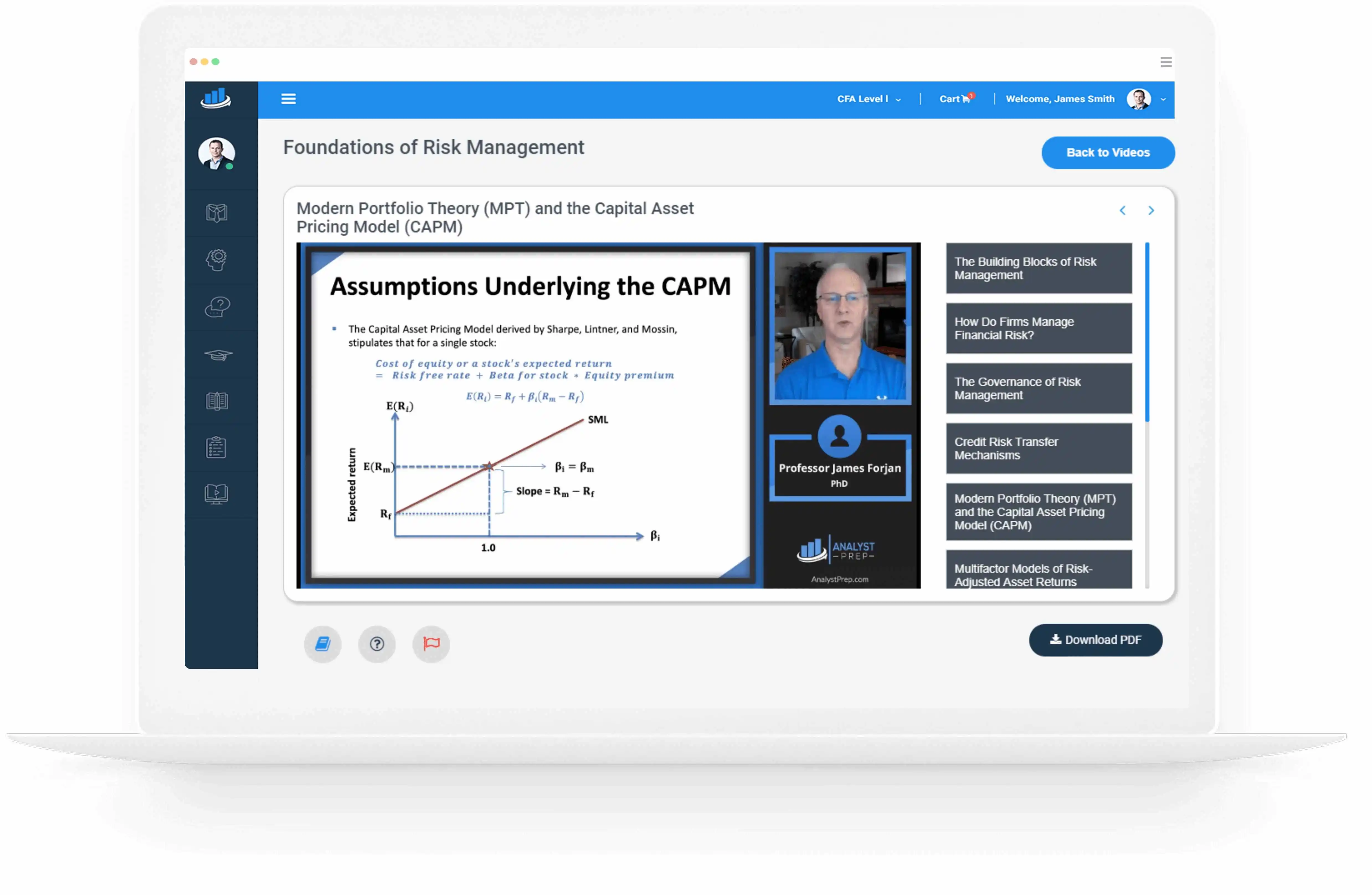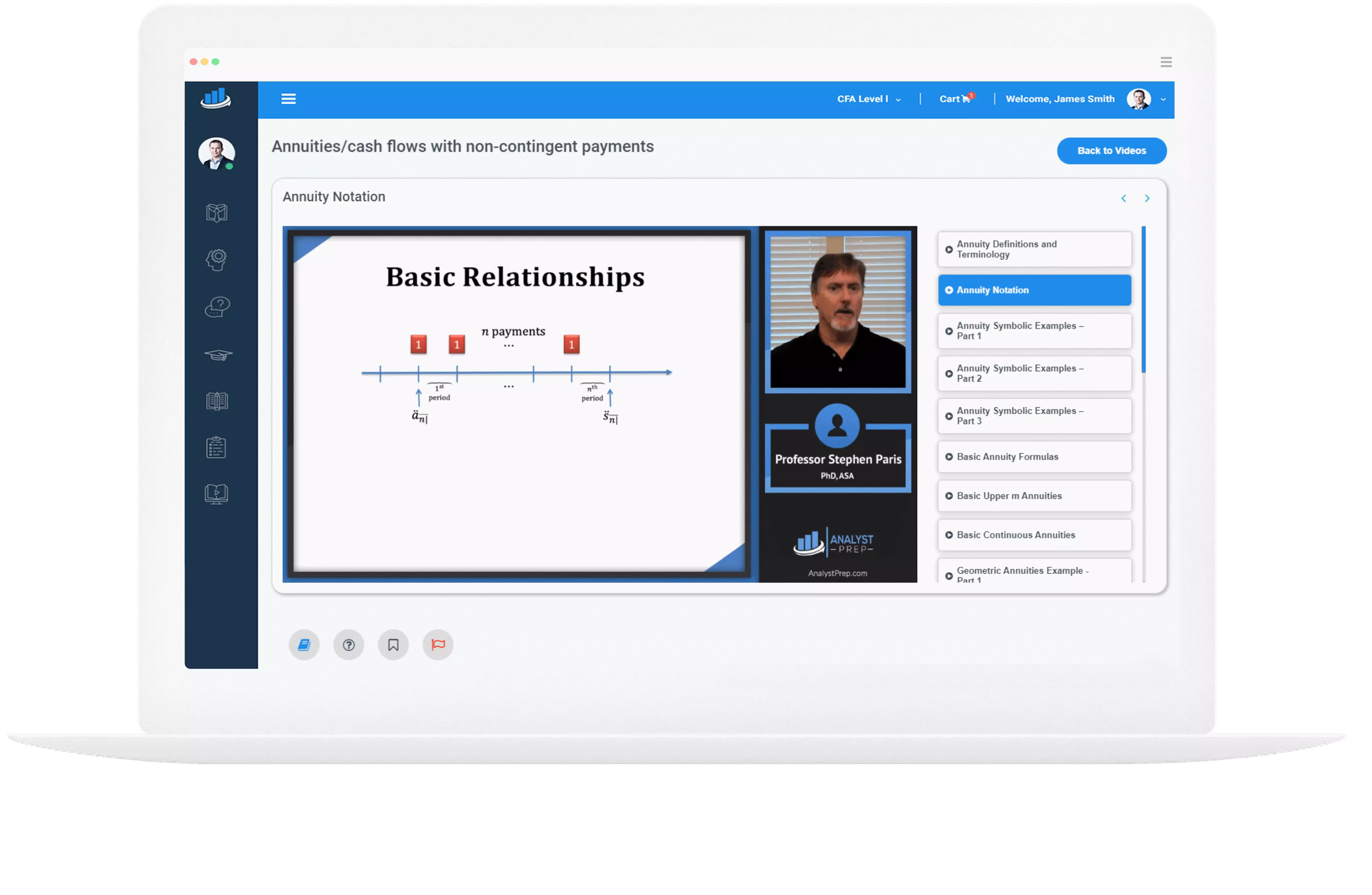Portfolio Allocations and Investments
After creating the IPS wealth managers need to decide on an asset allocation that best fits the clients' objectives and constraints. This section covers 2 main approaches to asset allocation selection. Traditional Approaches The traditional approach is the most used….
Portfolio Allocations and Investments
After creating the IPS wealth managers need to decide on an asset allocation that best fits the clients' objectives and constraints. This section covers 2 main approaches to asset allocation selection. Traditional Approaches The traditional approach is the most used….
Investment Objectives Section of an IPS
Background and Investment Objectives Background items commonly include the client's name and age, as well as relevant personal and financial information. Filling out this section helps the wealth manager gain an understanding of the client's investment objectives. Common objectives include…
Investment Policy Statement
Parts of the IPS Background and Investment Objectives This section outlines the goals for the wealth management program. It is discussed in more detail in the next Los. Risk Tolerance This portion of the IPS states the client's ability and…
Retirement Planning
The retirement problem is perhaps the most important set of financial decisions that an individual investor will make. At its core, retirement planning should bring clear answers to the following questions: What lifestyle in retirement is desired? When, and if,…
Investment Planning and Capital Sufficiency Analysis
Capital sufficiency analysis (or capital needs analysis) is the process by which a wealth manager determines whether a client has, or will likely have, sufficient financial resources to meet his or her objectives. Methods Deterministic Forecasting Deterministic forecasts are simply…
Technical and Soft Skills for Wealth Managers
Technical Skills Private wealth management resembles both an art and a science. That is, a wealth manager needs to have the professional aptitude to understand the client's financial goals, objectives, and constraints, as well as the financial acumen to recommend…
Private Clients Risk Tolerance
Risk tolerance: Refers to the level of risk an individual is willing and able to assume. Risk capacity: Refers purely to the ability to accept financial risk. Risk perception: This is an attitude toward risk. Risk Tolerance Questionnaire Risk tolerance…
Client Goals based on Client Information
Planned Goals Planned goals will be those which are easiest to account for, in that clients will bring them up with their wealth management team, hopefully at the outset of a relationship. The following are some examples of planned goals:…
Tax considerations and private client investments
Common Tax Categories Taxes on income: These include taxes on salaries, interest, dividends, capital gains, and rental income. Wealth-based taxes: These include taxes on the holding of certain types of property and taxes on the transfer of wealth. Taxes on…




